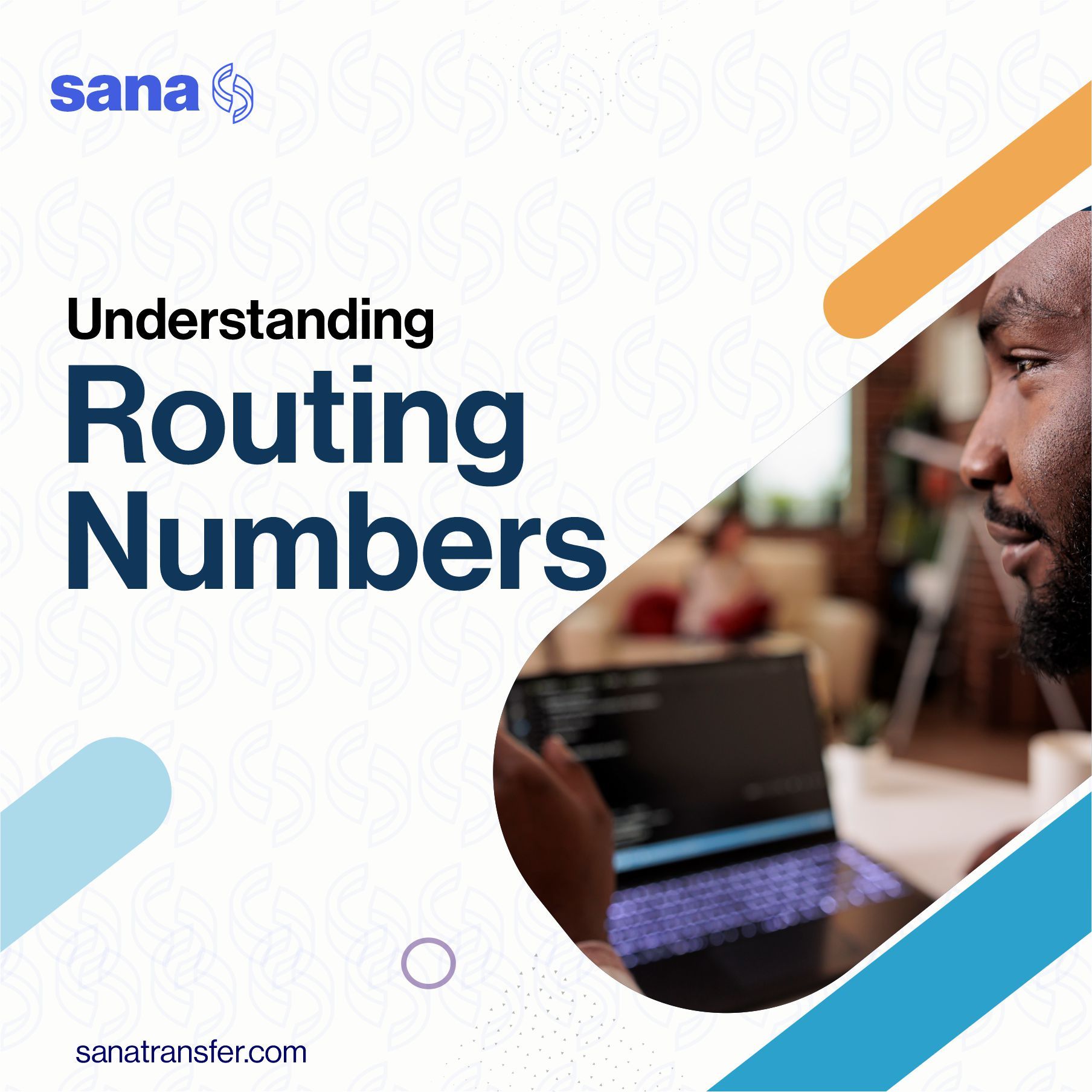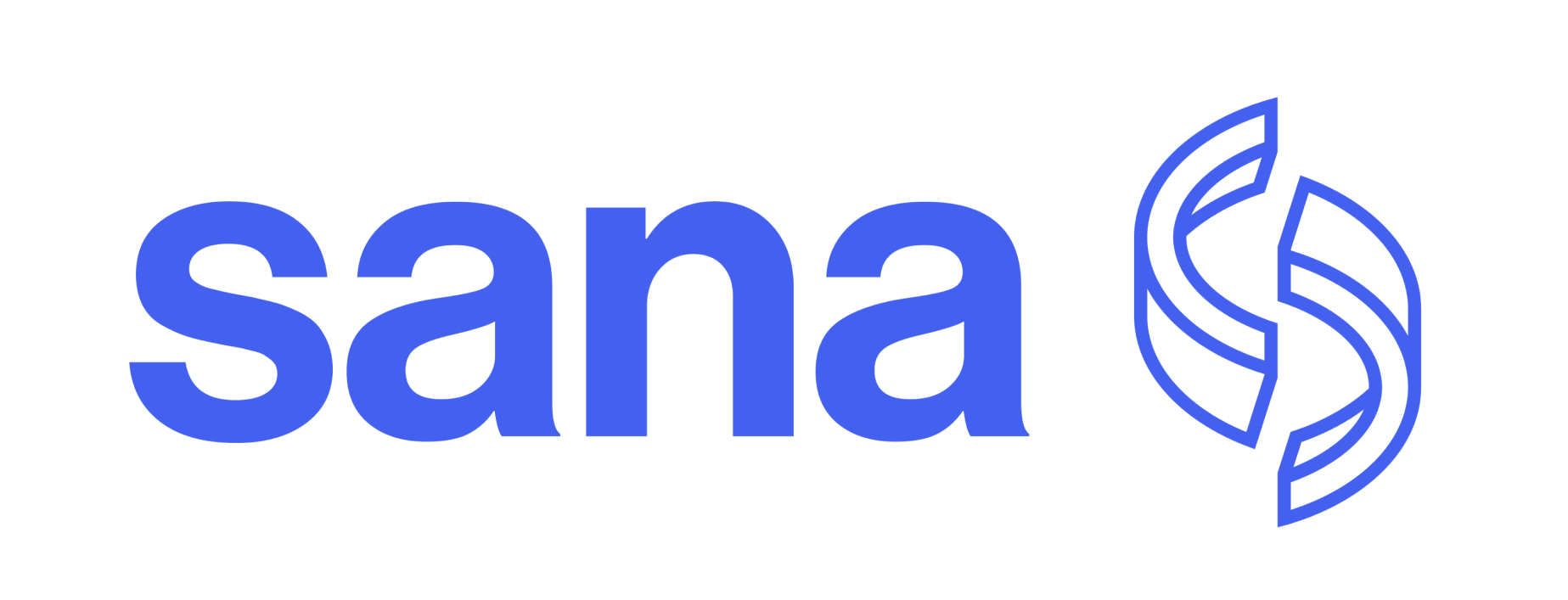What is a Routing Number?
This article helps individuals struggling to understand what a routing number is, the role it plays and how to find the unique set of numbers for a bank.

Routing numbers are an important piece of information that banks use during financial transactions. This information, which is assigned to you when you open an account, helps in identifying bank customers. Essentially, it is a numerical address that enables a bank to send and accept funds from other banks or financial institutions.
What is a Routing Number?
The routing number is a unique nine-digit code that financial institutions use to recognize other financial institutions. It is also known as the American Bankers Association (ABA) routing number. Your routing number and bank account number help banks find your individual account.
The banking industry first used this number in 1910 to facilitate quicker and more efficient financial transactions. Each bank has a specific routing number assigned to them, so the chances of miscommunication are greatly reduced. Even if two different banks have similar names, the routing number will set them apart from each other.
Generally, small banks have just one routing number while big multinational banks possess numerous ones. These numbers are needed for the payment of bills, during tax payments, when reordering cheques, and for executing direct deposit transactions.
Also, routing numbers are used by financial institutions for both domestic and international wire transfers. Note that the routing number used for this process is not the same as the numbers written on your cheques. Nonetheless, you can get any routing number by reaching out to your bank.
What are Routing Numbers Used For?
Routing numbers are generally used for a lot of everyday banking duties. Some of them include:
- Initiating the direct deposit (of your paycheck) via your employer
- Setting up an automatic online bill payment
- Cheques processing
- Sending and accepting wire transfers
- Setting up the direct deposit of your Social Security or any other government benefit.
- Initiating direct transfers between the accounts you have with various banks
- Setting up peer-to-peer payment services like PayPal or Venmo
- Reordering checks
- Executing payments from your account through telephone
- Linking any budgeting app to your account
Recommended - How to Find my SWIFT Code for a Bank
Routing Number Vs Account Number
When you want to initiate a direct deposit, you’ll need both your account number and your bank’s routing number to complete the transaction.
Essentially, account numbers are just like your customer ID and are specific to every bank account holder. Hence, both this number and your bank’s routing number are alloted to identify the exact location where money is coming from and its destination.
Also, routing numbers help by providing an identity for each bank with a special numerical ID. Any time you execute any electronic funds transfer, you must provide the routing numbers and account numbers to the pertinent financial institutions.
Generally, routing numbers are nine digits long, while account numbers are between the range of nine to 12 digits. However, some account numbers are longer than this.
Account Number
Your account number works together with your bank’s routing number just like the SWIFT code. While the account number identifies your specific account, the routing number helps to determine the name of the bank or financial institution. If you have two accounts in one bank, your routing numbers will be the same, however, your bank account numbers will be completely different.
Anybody can find a bank's routing number. However, your account number is just personal to you, so you have to protect it at all costs.
How Can I find my Bank's Routing Number?
You can find your routing number on your online banking account. Just log into the platform and search for it. You will also find your account number there. Another place you can find your routing number is on your cheque slips. Search for the number at the bottom of your cheque and you'll find three different groups of numbers. The first group, which consists of nine digits, is your routing number and starts with a 0, 1, 2 or 3. The next group of numbers is your account number, while the last group is the real cheque number. Note that these numbers may come in a different arrangement on some bank cheques.
This sequence of numbers is usually embedded with special magnetic ink, called your cheque’s Magnetic Ink Character Recognition (MICR) line. The MICR allows each bank’s special processing equipment to read the details and process the account information seamlessly.
How to Find a Routing Number Without a Check
Let's assume that you need to pay your phone or electric bill or even initiate a direct deposit of your paycheck but you don't have any paper cheque to help find your routing number. What do you do next? Fortunately, there are some other ways to find your bank’s routing number. They include:
1. Bank statement
Although this isn’t guaranteed, you may find your bank’s routing number on your bank statement. Some banks include this information in their customer’s electronic and paper bank statements.
2. Go online
Your bank may even publish its routing number online through its mobile banking application or website. To search for it, just log in to your bank account and tap on the “account summary” or “account information” option. The bank’s routing number will likely be listed among this information provided.
Also, some banks can post their routing numbers on either the home page of their website or anywhere else on the website. It may even be in the FAQs section. So don't limit your search to only the homepage. If you don’t find the information on the website, just search the internet for your bank’s routing number.
3. Visit a branch
Some banks show their routing number at their entrance, primarily for their customers’ convenience. If you don't find it in the lobby, just ask their customer service to provide you with the details.
4. Call the bank
This is the fastest way to get your bank’s routing number. Instead of going through any hassle, just ask your bank’s customer service representative to provide you with the routing number. You can also call your bank to verify the number you saw online.
Bottom line
Unlike account numbers, routing numbers are not private information, so you have to ask your bank to share this information with you. While it’s very easy to find the routing numbers of some banks, it takes extra effort to find the numbers for other banks. Nevertheless, if you find yourself stuck, just contact your bank’s customer service representative for help.
Join 500+ users across Canada in sending money back to family and loved ones using the SanaTransfer app. Sign up now to get started.
